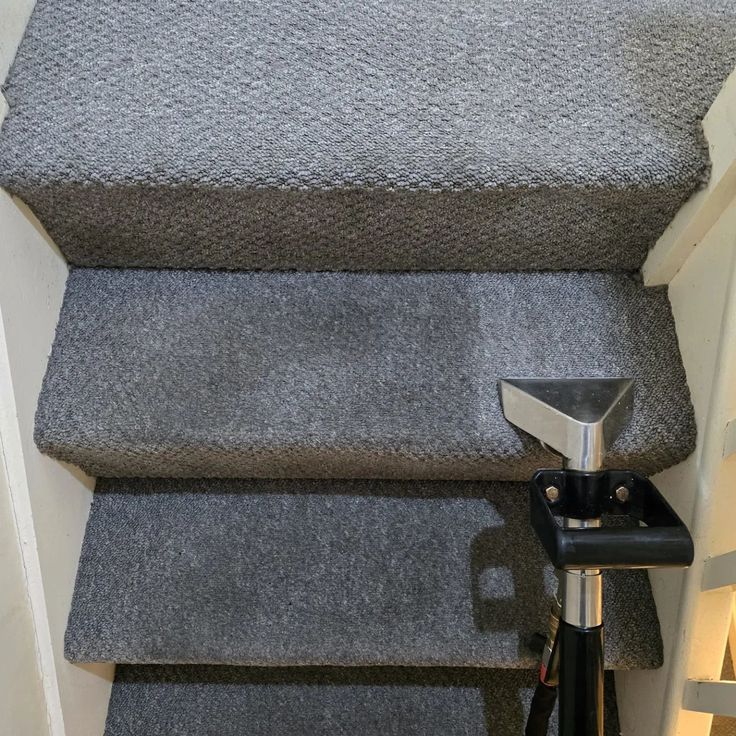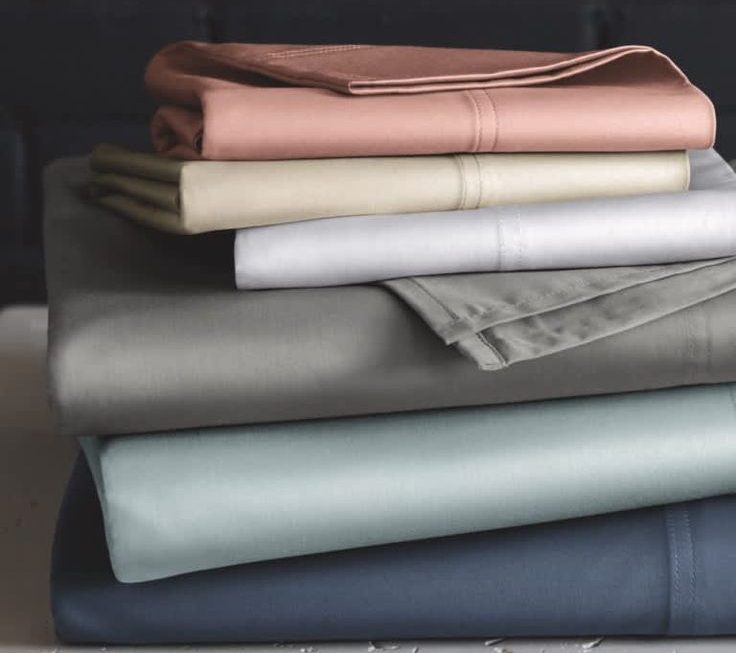Factors Influencing Carpet Drying Times
Types of Carpets and Their Conditions
The drying time of your carpet depends majorly on its type and condition. Dense and plush carpets, often found in residential homes, take longer to dry due to their thick fibers that retain more moisture. On the other hand, shorter pile carpets, common in commercial settings, dry faster because they hold less water. Additionally, the overall condition of the carpet plays a pivotal role. A new carpet dries quicker than an older, more worn one, as worn fibers absorb more water.

Weather Impacts on Drying
Weather plays a critical role in the carpet drying process. During dry and hot weather conditions, the evaporation rate increases, leading to quicker drying times. Conversely, in humid weather, the moisture in the air prevents the carpet from drying quickly, as the air holds more water. In such cases, it may take the same time to dry as on a cold winter’s day. Special attention should be given to manage the indoor humidity and temperature to facilitate faster drying, regardless of the external weather conditions.
Optimal Conditions for Quick Drying
Understanding the optimal conditions for carpet drying can greatly enhance the cleaning process. The speed at which your carpet dries is not just a matter of convenience but also affects its longevity and cleanliness.
Benefits of Dry and Hot Windy Weather
Dry and hot windy weather is considered ideal for quick carpet drying. Here’s why:
- Increased evaporation rate: Hot winds help moisture evaporate faster from the carpet fibers.
- Reduced humidity: Warm, dry conditions allow less moisture to stay in the air, making it easier for carpets to dry.
- Quicker use: Quick drying means you can use your space sooner without the damp carpet inconvenience.
Challenges of Humid Weather and Solutions
Humid weather can slow down the drying process after carpet cleaning, but there are solutions to mitigate this:
- Dehumidifiers: Using a dehumidifier in the room pulls moisture out of the air, accelerating drying.
- Ceiling fans: Turn on fans to move air around the room, which helps in moisture evaporation.
- Air conditioning: Running your AC lowers indoor humidity and cools the air, promoting quicker drying.
These strategies ensure that your carpet dries sufficiently fast, even in less-than-ideal weather conditions.
Drying Times in Different Seasons
Understanding how long does carpet take to dry in various seasons is essential for efficient cleaning and maintenance. Different weather conditions directly impact drying times, which can affect the convenience of using your space post-cleaning.
Summer Drying Conditions and Challenges
During summer, the combination of heat and low humidity provides the perfect environment for carpet to dry quickly. In fact, carpets can dry within 2 to 4 hours under ideal conditions. However, there are challenges to consider:
- High demand: Carpet cleaning services are in high demand during summer, making it difficult to book a reputable service unless planned well in advance.
- Limited optimal days: While summer has dry hot days that are ideal for carpet drying, such days are not constant, and timing your carpet cleaning with such days may be challenging.
- Quick drying but busy season: Many people wait for summer due to the favorable drying conditions, resulting in overbooked schedules for quality cleaners.
It is advisable not to delay carpet cleaning until summer solely for quicker drying, as consistent maintenance is crucial regardless of the season.

Winter Drying Strategies
Winter poses different challenges for carpet drying due to the cold weather and potential for high indoor humidity:
- Longer drying times: Carpets tend to dry slower in winter, typically taking 3 to 5 hours. This can be expedited by maintaining a warm indoor environment.
- Use of heating systems: Turning on your heating can significantly help in reducing the drying time by raising the room’s temperature.
- Disposal shoe covers: After cleaning, use disposable shoe covers to walk on the carpets immediately, preventing re-soiling and aiding in quicker usage of the area.
Proper heating and ventilation play crucial roles in expediting the drying process during colder months, ensuring that your carpets are not only clean but also ready to be used in a reasonable time frame.
Immediate Post-Cleaning Actions
After a professional carpet cleaning, knowing what to do immediately can affect drying times.
Walking on Carpet Post-Cleaning
You can walk on your carpet right after cleaning. Carpet technicians often provide disposable shoe covers. Wear these to avoid directly touching the wet carpet with your shoes. Even if your carpet feels damp, these covers prevent dirt transfer. Always be cautious, as shoe covers might be slippery. Avoid going outdoors with shoe covers on and then returning inside.
When to Replace Furniture on Carpet
Wait 12 to 24 hours before replacing furniture. The heavier the item, the longer you should wait. You don’t have to wait for plastic furniture; it can go on the carpet immediately. With wooden furniture, be patient. If placed too soon, the legs might bleed into the carpet, causing hard-to-remove stains. For metal items, delaying placement avoids potential rust marks. Ensure the carpet has ample time to breathe and dry completely before redecorating your space.
Tips to Expedite Drying
Engaging in specific actions can shorten the time your carpet takes to dry. To hasten the drying process after a carpet cleaning session, consider these tips:
Ventilation and Air Movement
Boosting air circulation is a key factor in faster carpet drying. Here’s how to improve it:
- Open Windows: Letting in outside air can speed up drying, especially on warm days.
- Fans: Use standing or ceiling fans to keep air moving over the carpet.
- Air Burping: Occasionally open doors to exchange indoor air with drier outside air.
Air movement is crucial, as stagnant, humid air can prolong drying times. Ensure cross-ventilation by opening windows across the room or using fans to create a breeze.

Temperature Adjustments for Faster Drying
Manipulating room temperature can also affect drying speed. Here’s what you can do:
- Heating: In cold weather, turn up the heat to boost drying.
- Air conditioning: On hot days, air conditioning can remove humidity and cool the air.
Remember, warm air holds more moisture, so heating up a room in winter decreases relative humidity, aiding in drying. Conversely, air conditioning during summer lowers humidity levels in the room.
By combining good ventilation with temperature control, you can significantly cut down on the time it takes for your carpet to dry. This allows you to enjoy a clean, dry carpet quicker and with less hassle.
Benefits of Proper Carpet Drying
Properly drying your carpet after cleaning offers several benefits. Firstly, it extends the life of your carpet by preventing damage from prolonged exposure to moisture. A well-dried carpet is also more comfortable to walk on and looks better, enhancing the overall appearance of your home. Additionally, a dry carpet is less likely to harbor bacteria, dust mites, and other allergens, which can improve indoor air quality and promote a healthier living environment. By following the tips and guidelines outlined in this guide, you can ensure that your carpet dries efficiently and remains in excellent condition.
Conclusion
Understanding how long it takes for a carpet to dry and the factors that influence this process is crucial for maintaining a clean and healthy home. Whether you’re dealing with a synthetic or natural fiber carpet, using the right cleaning method and taking steps to speed up the drying process can make a significant difference. By ensuring proper ventilation, using dehumidifiers, and employing other quick-dry techniques, you can get your carpets back in use faster and avoid potential issues like mold and mildew. With the knowledge and tips provided in this guide, you can enjoy a clean, dry, and beautiful carpet that enhances the comfort and aesthetics of your home.


